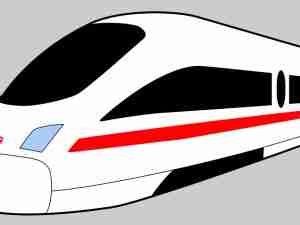U.S. crude rail rules to include disputed brake mandate
By: Reuters | Apr 30 2015 at 07:31 PM | Intermodal
An oil train safety plan for the United States and Canada to be announced on Friday will include an unexpected mandate on the rail industry to adopt an advanced braking system, industry sources familiar with the rules said.
The more advanced electronically controlled pneumatic (ECP) brakes trigger all axles simultaneously rather than one at a time in the current design.
The new system has been controversial. Large rail operators told U.S. regulators last month the brakes “would not have significant safety benefits” and “would be extremely costly.” Safety advocates claim the brakes are a critical component of the rules for carrying oil by rail.
The brake requirement was added and removed several times during the course of revisions, according to industry sources.
However, the Transportation Department has concluded that ECP braking would deliver meaningful safety improvements.
The long-awaited rules will govern how crude oil is handled on U.S. and Canadian railways, a topic that has been part of national debates for months following a series of explosive rail accidents.
Crude by rail volumes have surged in the United States with the shale oil revolution, rising to more than 1 million barrels per day in February from a trickle in 2010, according to the U.S. Energy Information Administration.
Rail has provided a critical artery for carrying crude to refining centers from formations that lack pipeline connections.
It is unclear whether the brakes will be limited to crude rail cars or also apply to cars hauling cargo such as ethanol. The mandate will be phased in over time, but people could not specify how long the phase-in would last.






